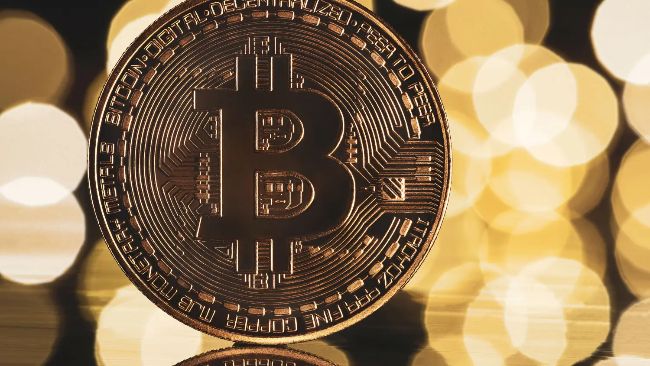
Throughout this market cycle, a prevailing sentiment has emerged: “this time is different.” With the increasing involvement of institutions altering Bitcoin’s supply and demand dynamics, many believe we will not witness the euphoric peaks that characterized previous cycles. The notion is that institutional investments and ETFs will stabilize volatility, replacing frenzied speculation with a more mature approach. But is this really true?
Market Sentiment Influences Even Institutional Players
Cynics often regard tools like the Fear and Greed Index as overly simplistic, claiming they fail to capture the complexities of institutional trading. However, dismissing sentiment overlooks an essential fact—institutions are ultimately operated by individuals who are just as susceptible to cognitive biases and emotional reactions that influence market trends.
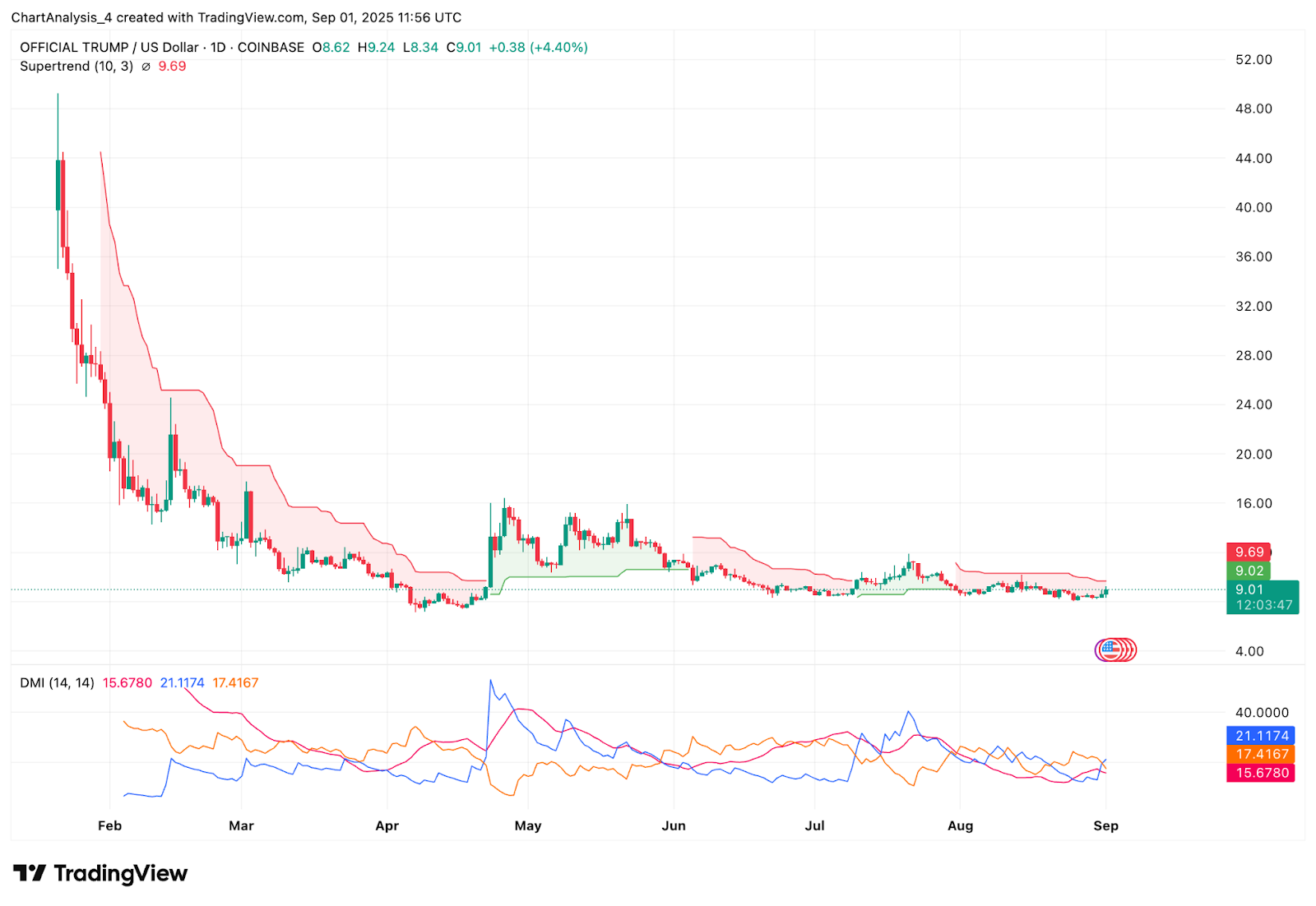
Figure 1: The Fear and Greed Index indicates that extreme sentiments often present opportunities for contrarian strategies. View Live Chart
Despite reduced volatility compared to earlier cycles, the leap from $15,000 to over $120,000 remains significant. Notably, Bitcoin has accomplished this without experiencing deep or prolonged downturns typical of past bull markets. While ETF growth and corporate treasury acquisitions have altered supply dynamics considerably, the fundamental feedback loop of greed and fear persists.
Bubbles Are an Ever-Present Market Phenomenon
Bubbles are not exclusive to Bitcoin; they have been integral parts of financial markets for centuries. Asset prices frequently surge beyond their intrinsic values due to human behavior patterns. Research consistently demonstrates that periods of stability can lead to instability as quiet times encourage leverage and speculation—ultimately resulting in dramatic price movements similar to those seen in Bitcoin’s history.
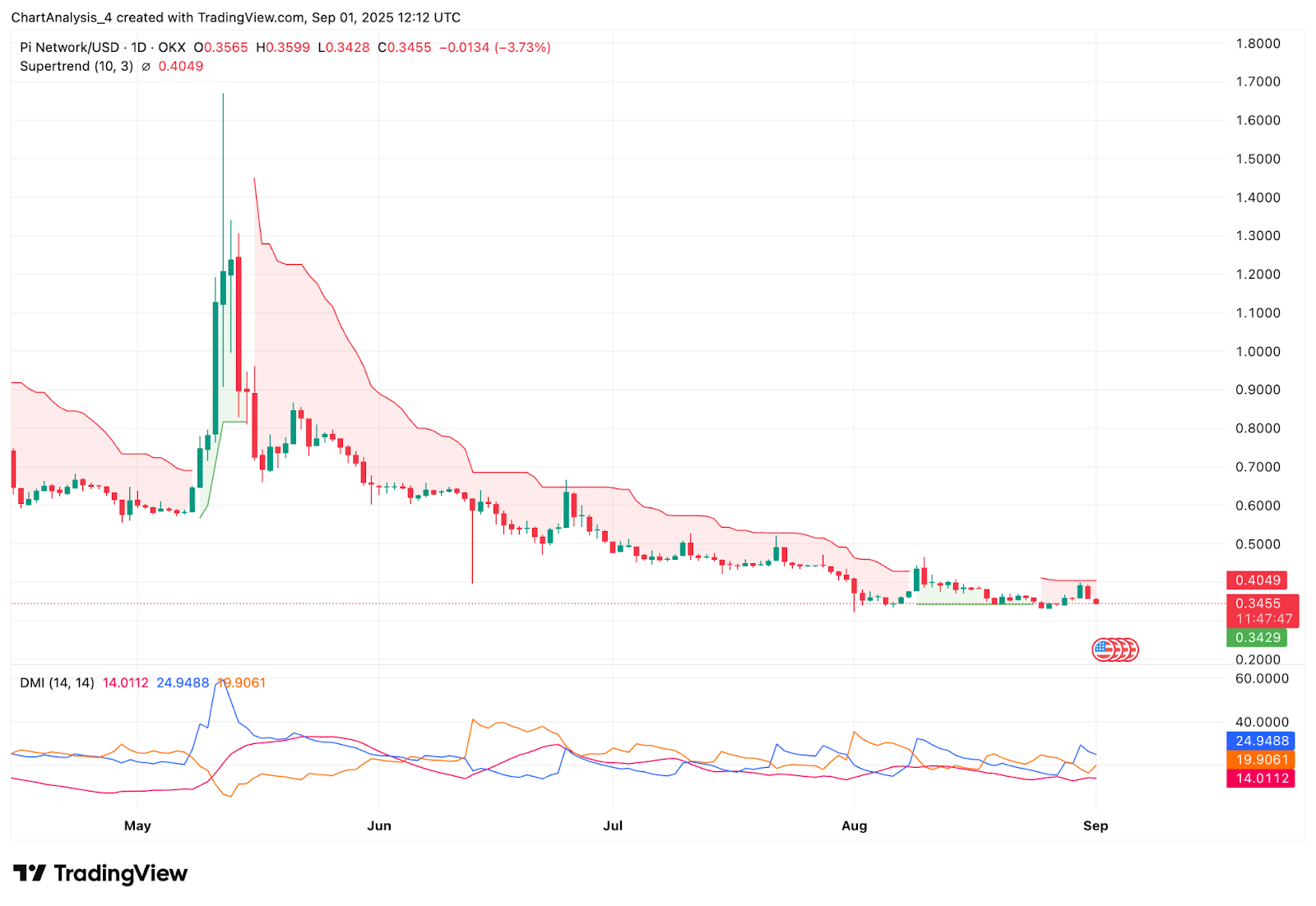
Figure 2: Historical data shows spikes in Open Interest during low-volatility phases often precede sharp upward moves. View Live Chart
The belief that “sophisticated” investors are immune from such phenomena is challenged by findings from the London School of Economics which indicate otherwise. Professional capital can exacerbate bubbles by entering late into rallies while chasing momentum—a trend observed during both the 2008 housing crisis and dot-com bubble which were largely driven by institutional players rather than retail investors.
This cycle’s ETF flows provide further evidence supporting this view; instances where spot ETFs experienced net outflows corresponded with local market bottoms instead of indicating perfect timing within cycles—suggesting even “smart money” exhibits herd mentality akin to retail traders.
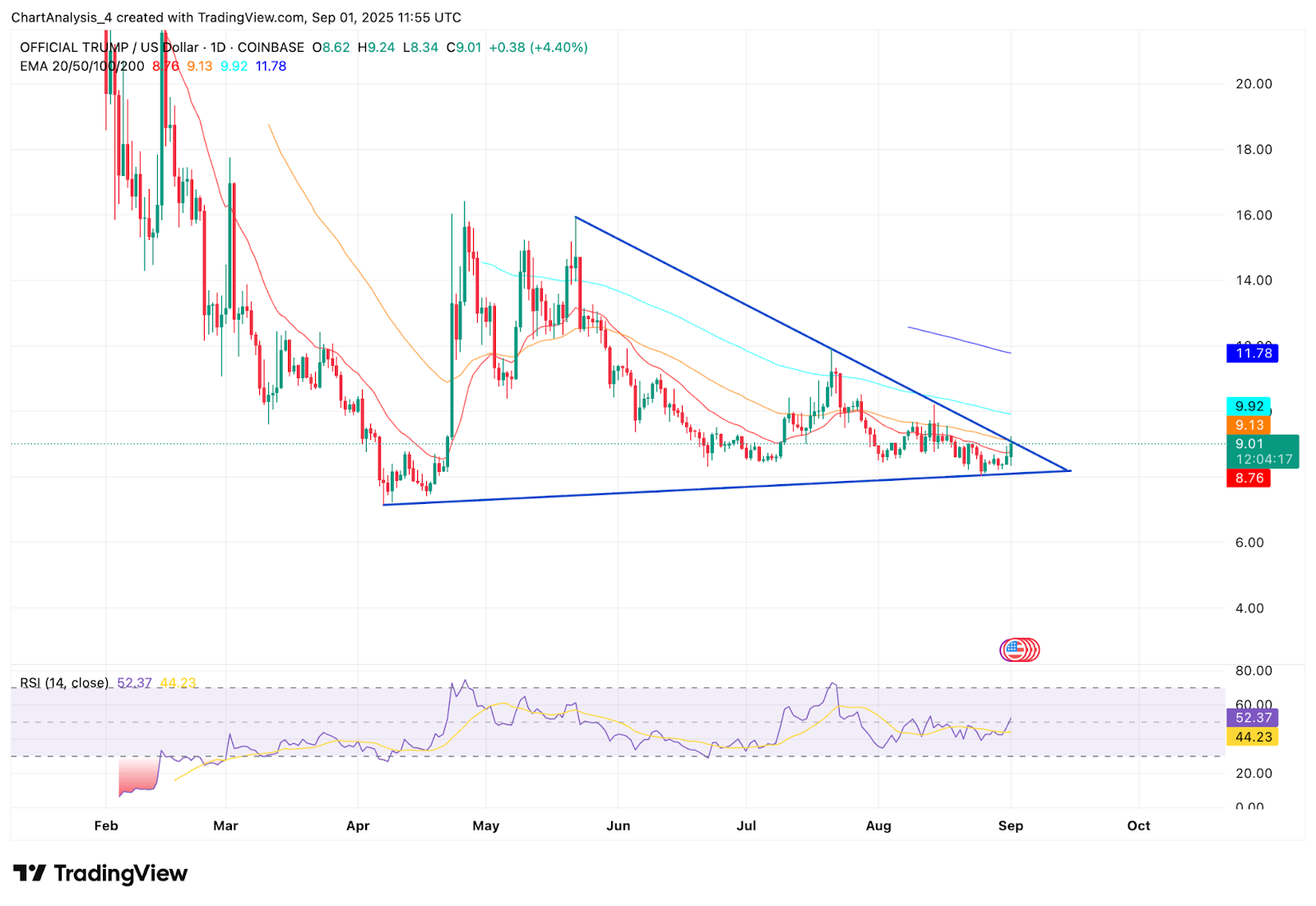
Figure 3: ETF outflows (red) have historically aligned with local market bottoms—a contrarian indicator. View Live Chart
The Flow Of Capital Could Spark Bitcoin’s Next Surge
A broader examination reveals how shifts in global capital could trigger another explosive phase for Bitcoin’s price trajectory. Since January 2024 alone saw Gold’s total valuation rise over $10 trillion—from $14 trillion up towards $24 trillion! For Bitcoin—with its current valuation around $two trillion—even modest inflows could yield substantial impacts thanks largely due money multiplier effects at play here! Given approximately seventy-seven percent (77%) BTC held long-term holders means only twenty-to-twenty-five percent (20-25%) remains liquid leading us toward conservative estimates suggesting new inflows amounting five hundred billion dollars ($500B)—merely five percent (5%) gold expansion translates into potential two-trillion-dollar increase within BTC valuations pushing prices beyond two hundred twenty thousand dollars ($220K).

Figure 4: Long-term holder supply remains high consistent mid-cycle behaviors rather than late-stage distributions observed previously across various asset classes!
View Live Chart
A compelling argument exists regarding possible blowoff tops since parabolic surges already occurred throughout current cycle too! From bottoming out back in early twenty-two until now numerous sixty-to-one-hundred-percent-plus rallies unfolded under one hundred days’ time frame! Mapping these fractals against present-day pricing action suggests realistic pathways leading towards values reaching between one hundred eighty thousand dollars ($180K) up through two hundred twenty thousand dollars ($220K) before year-end approaches!
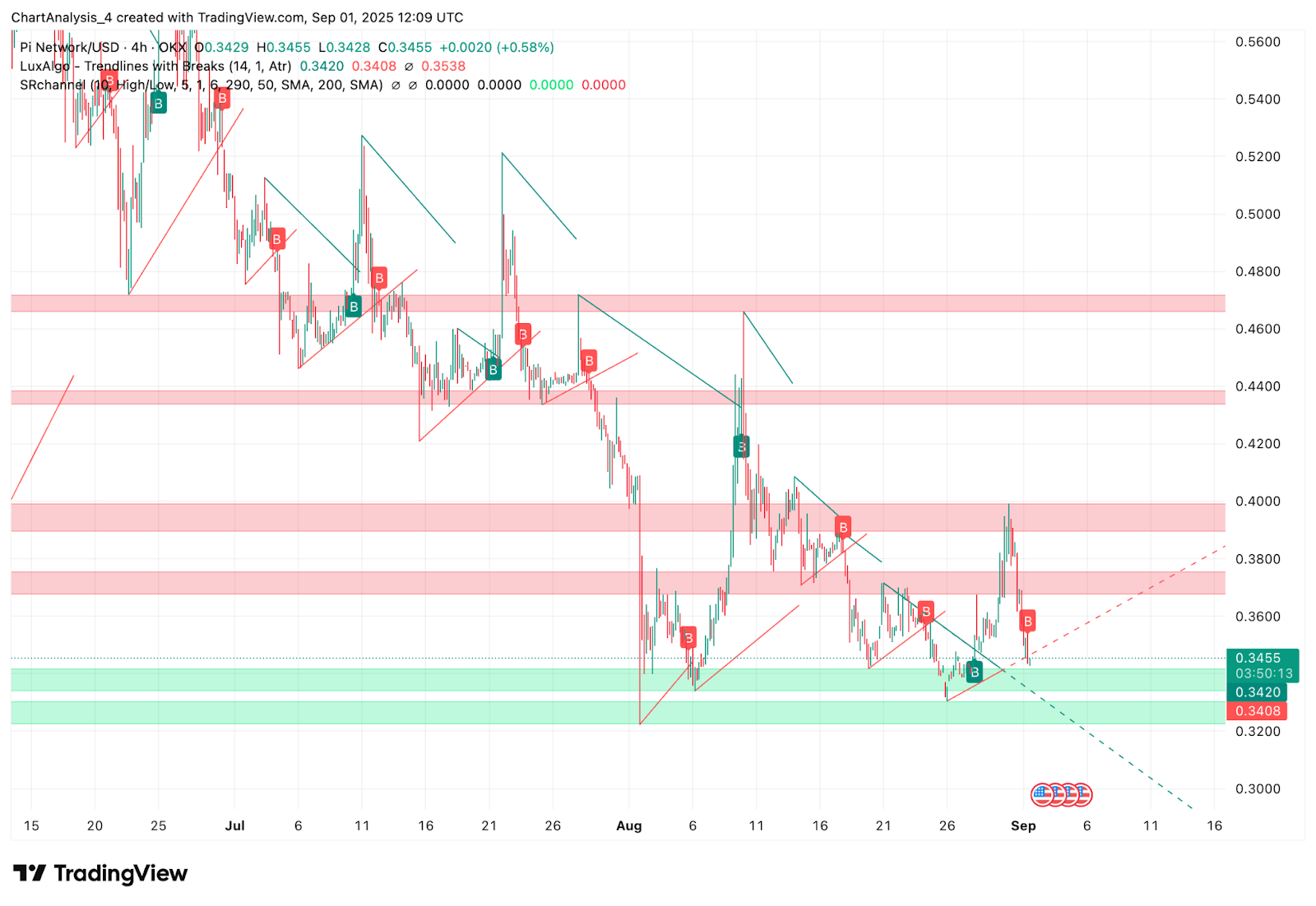
Figure Five : Historical fractals derived earlier show plausible trajectories leading toward exceeding two-hundred-thousand-dollar levels
Bitcoin Remains Poised For Parabolic Growth Potential Unscathed
The narrative surrounding institutional adoption eliminating parabolic blow-off tops fails grasp both structure inherent within bitcoin itself alongside psychological factors influencing human behavior patterns . Bubbles aren’t mere accidents stemming solely from retail speculation ; they represent recurring themes woven throughout history , frequently accelerated through sophisticated forms investing capital .
This doesn’t guarantee outcomes ; after all , markets operate unpredictably ! However dismissing possibilities surrounding emergence concerning future parabolas ignores centuries worth behavioral insights paired uniquely together forming intricate balance underpinning bitcoin making it among most reflexive assets recorded thus far ! If anything “this time might indeed be different” merely signifies rallies could become larger faster culminating more dramatically than anticipated !
For additional data analytics along with expert insights regarding ongoing trends related specifically towards bitcoin pricing visit [BitcoinMagazinePro.com](http://bitcoinmagazinepro.com).
*Disclaimer : This article serves informational purposes exclusively should never constitute financial advice whatsoever . Always conduct thorough research prior making any investment decisions.*
This post titled “Parabolic Rally Inbound For Bitcoins – Key Indicators To Monitor” originally appeared on [Bitcoin Magazine](http://bitcoinmagazine.com), authored by Matt Crosby.